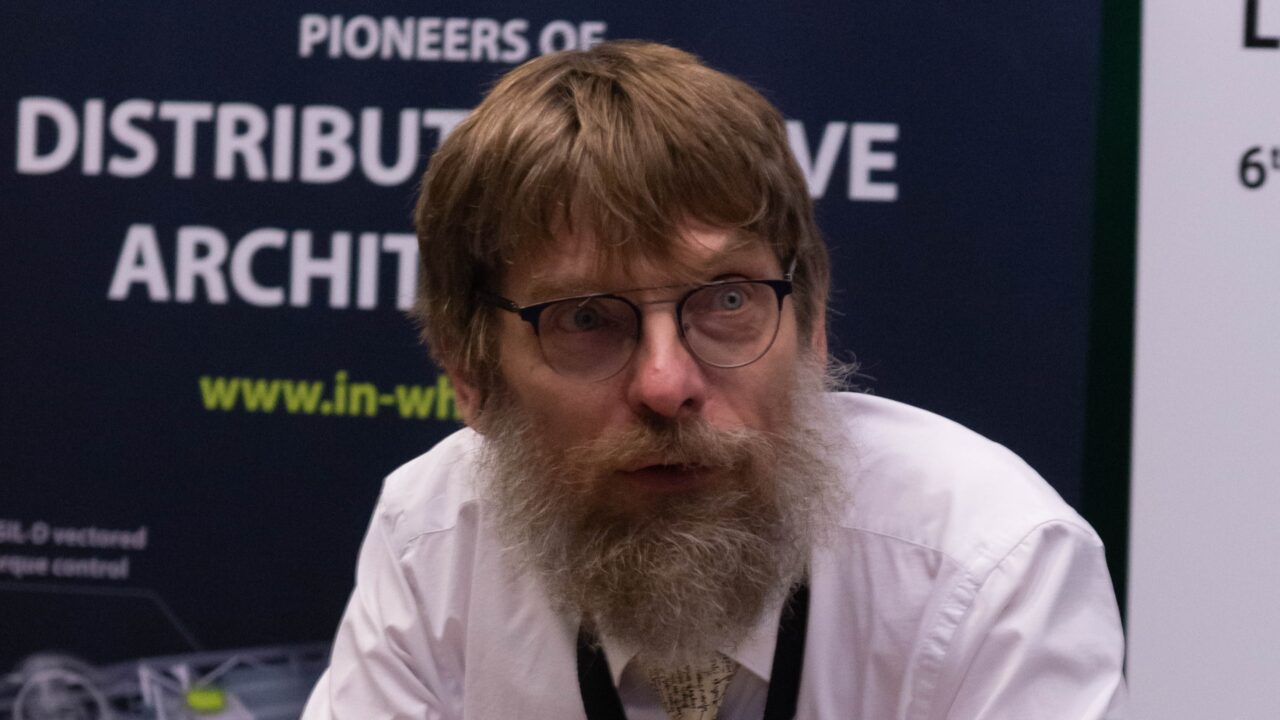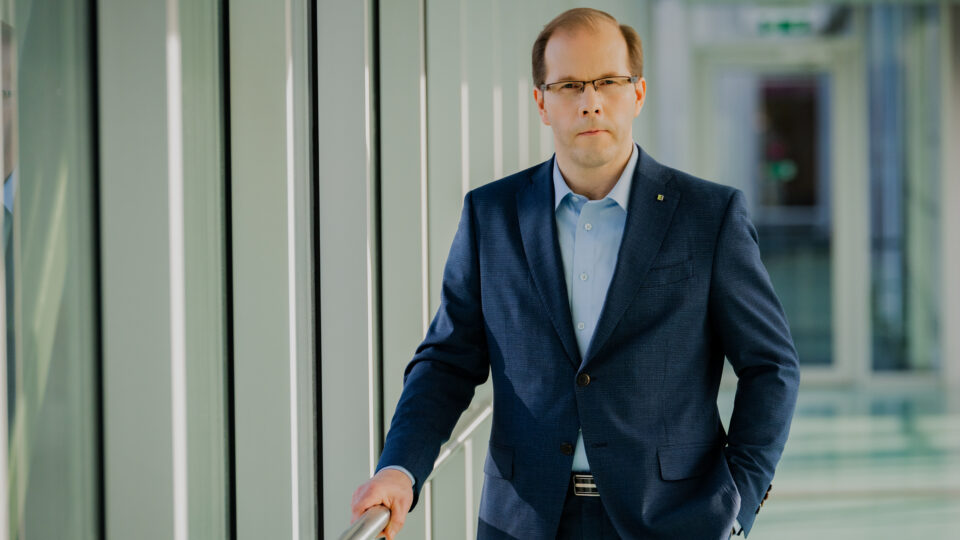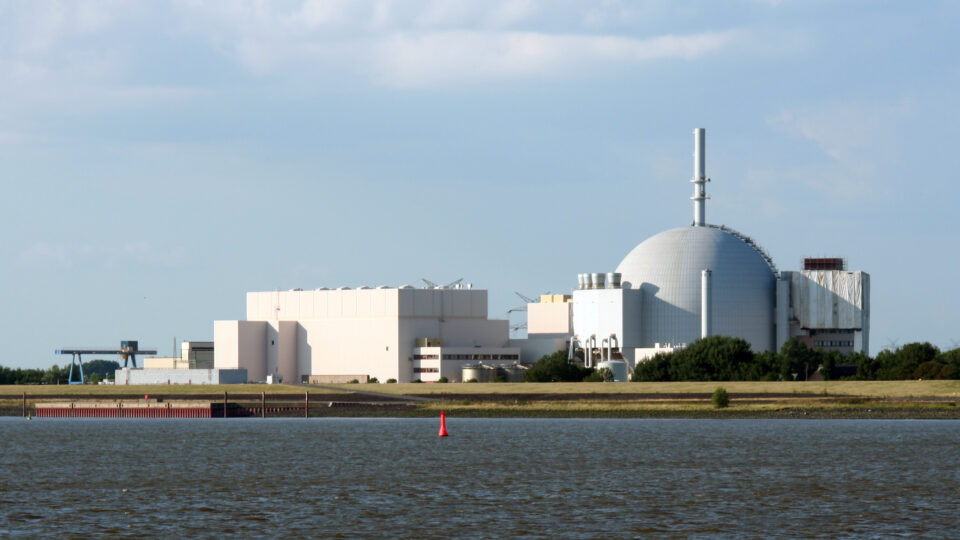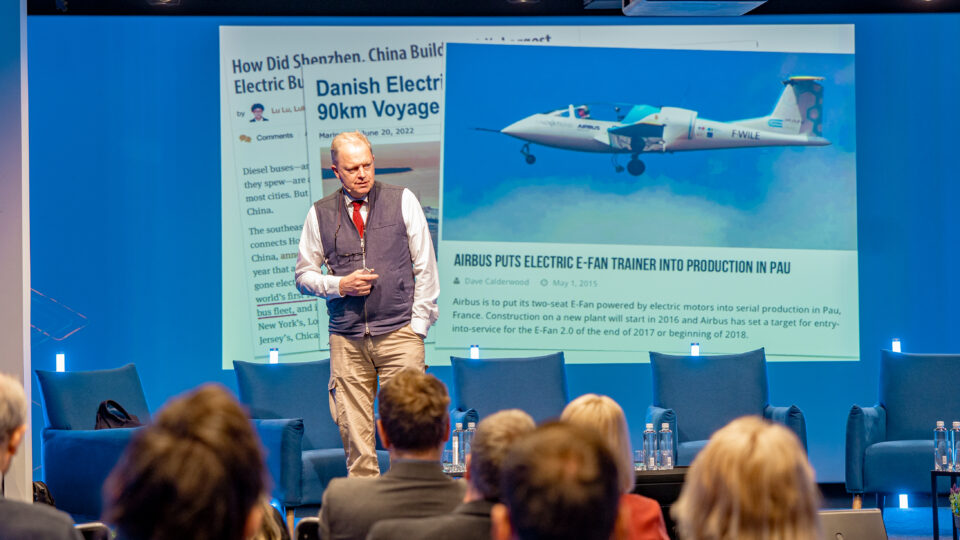really like the weather forecasts on the Norwegian website yr.no – they present predictions with confidence intervals. Unfortunately, our own meteorological service doesn’t do that – perhaps they assume that people can’t read charts if there’s too much information. In the field of investment services, good practice requires that clients be warned: the historical return of a fund does not guarantee the same return in the future.
The draft version of the Energy Sector Development Plan ENMAK 2035, published by the Ministry of Climate, follows the model of our meteorological service: unfortunately, the document only presents forecasts without any error margins, and it is unclear which factors are used in the modelling. Among other things: has it taken into account the emergence of new-generation solar panels and the development of storage technologies?
As of early 2024, the best commercial solar panels have an efficiency of about 24 percent. JA Solar’s roadmap forecasts that by 2025, perovskite-silicon tandem solar panels will reach 29 percent efficiency, while multi-junction technologies already promise efficiencies close to 50 percent.
Alongside technological advancements, the price per watt (in euros) of solar panels is also decreasing. The ENMAK 2035 draft presents nuclear power in a glowing light, as the best solution to our energy problems, but offers data on prices and CO₂ emissions without any references to the methodology or input parameters used. As a result, the figures come across like the smooth talk of a telemarketer.
Every energy source has its pros and cons – if there were one ideal form of energy production, it would have already “won” long ago. Hydropower and geothermal energy are nearly perfect (as seen in Scandinavian energy prices), but unfortunately inaccessible in Estonia. Wind and solar power would also be nearly perfect if large-scale energy storage were available and affordable. Compared to wind and solar, the only – but major – advantage of nuclear energy is its independence from weather and seasons. The downside is risk – the probability of an accident is very low, but if it happens, the consequences are severe.
There are significantly fewer wind energy resources in the world than solar energy. After all, wind is a by-product of a heat engine – the atmosphere – driven by the sun, and this heat engine is not very efficient. Still, wind energy resources are sufficient to meet humanity’s needs, and wind and solar complement each other as renewable sources – when one isn’t available, the other might be. Solar panels have the advantage over wind turbines in that they have no moving parts: what doesn’t move doesn’t wear out or make noise. In making strategic choices, it’s important to remember that solar panel technology is developing much faster than competing technologies.
In Europe, solar capacity grew by 27 percent over the course of 2023; and it’s not just large producers who are buying solar panels – small consumers are as well, and this latter process doesn’t follow strategic planning. Has the development of ENMAK 2035 taken into account the possibility that by 2035, almost every household and a significant portion of businesses will have their own solar installations, and on sunny days, no electricity will be drawn from the grid – even in the case of strong financial incentives to do so?
The ENMAK 2035 draft presents nuclear power in a glowing light as the best solution to our energy problems, but gives figures for cost and CO₂ emissions without any references to the methodology or input parameters used. As a result, the numbers sound more like the slick pitch of a telemarketer.
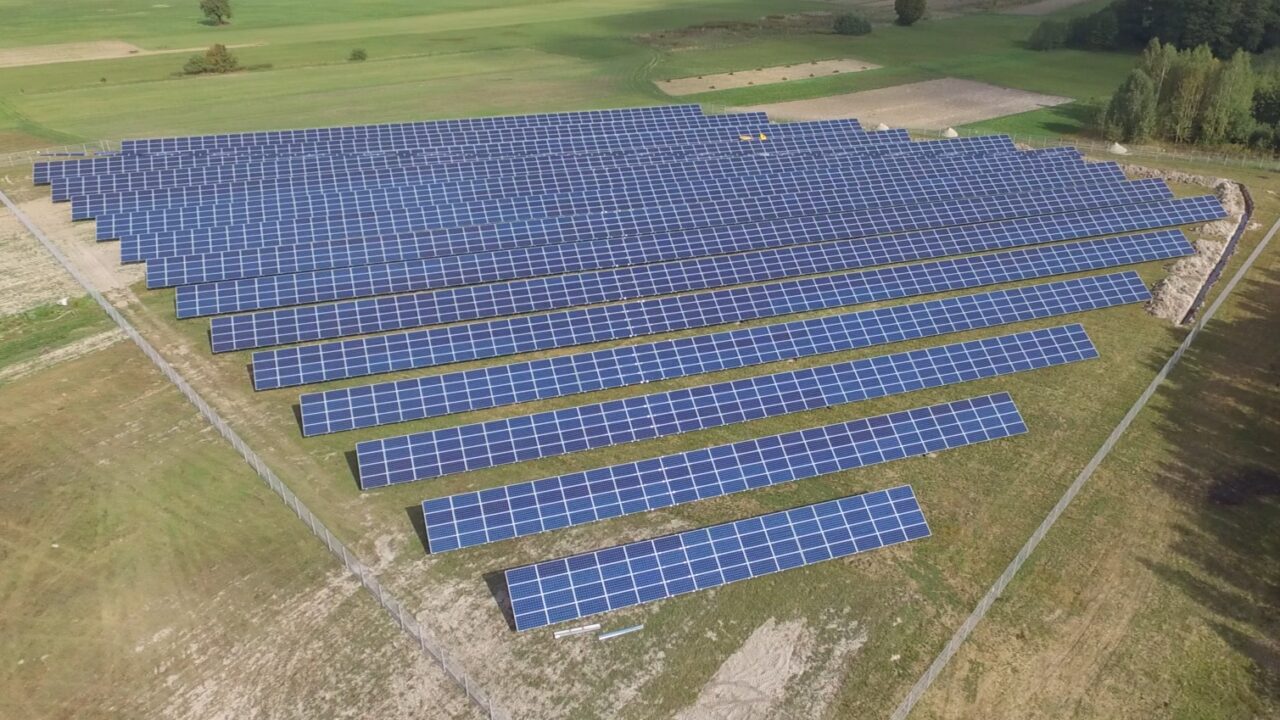
MW Szyperki solar park in Poland, built by Estonian company Sunly | Photo: Sunly
What level of risk is acceptable?
Let’s talk a bit about risk. Investors know that riskier investments usually come with higher expected returns – but also a greater chance of losing a large portion of the money. Average return and volatility go hand in hand. The same principle applies more broadly: some risks can be mitigated by purchasing insurance.
So, if we want lower-risk energy, we must be willing to pay more. The key question is: how much risk is acceptable? Would you board a plane if the chance of it crashing were one in a billion? What about one in a million – or one in a thousand, or one in a hundred? Where do you draw the line? And what comfort is there in knowing the probability was one in a billion, if it’s your plane that crashes? A state can approach this question by calculating potential monetary losses from, say, an air disaster – but for individuals, such risks carry meaning far beyond money. That’s why it’s understandable if residents of Letipea don’t want a nuclear reactor in their backyard – no matter how clean or safe it claims to be.
There’s another consideration: humans and societies are complex systems – the whole is much more intricate than the sum of its parts, and our world is governed by randomness and unpredictability. This means that even with existing statistics, it’s difficult to make reliable predictions about the future. That said, the more data we have, the more accurate our forecasts can become.
A good illustration of this idea comes from a book I read as a child – Living Mathematics by Yakov Perelman. A mathematician calculates that if they go outside and observe the gender of the first hundred passers-by, the probability that all of them would be male is infinitesimally small – even if they did the experiment over the entire lifetime of the universe. He makes a high-stakes bet based on this, and just as they step outside, a military parade begins.
Currently, there are just over 400 nuclear reactors operating worldwide. The death toll from nuclear accidents is still dominated by Chernobyl. There’s no consensus on the exact number of victims, but the most likely estimates suggest several tens of thousands – especially when considering illnesses caused by relatively low radiation doses. That’s certainly more than the number of fatalities from airplane crashes, which in the past decade has averaged a few hundred per year. It’s also important to remember that 400 is a small number – there are orders of magnitude more airplanes, and as a result, we’ve been able to gather a much better statistical database on aviation safety.
This is why it’s nearly impossible to make a reliable estimate of the probability of a serious nuclear power plant accident.
It is nearly impossible to make a reliable estimate of the probability of a serious nuclear power plant accident.

If Estonia decides to build a nuclear power plant, the small modular reactor planned by Rolls-Royce would be one possible option | Image: Rolls-Royce
Too little data to decide
Let’s compare this to another number – the number of deaths caused by airborne soot particles (PM2.5), which is reportedly over 4 million cases per year globally, mainly in China and India, but also in Latvia, where the figure is as high as 1,200 people annually. Estonia, with some of the cleanest air in the world, has just 160 such cases per year. When comparing the emissions of soot particles from traditional power plants to nuclear power, the latter starts to seem like a relatively low-risk option…
To sum up, we can say that there is simply too little data to properly answer the question posed in the headline. What Estonia needs now are solid projections on technological developments and thorough cost-benefit and risk analyses for a potential nuclear power plant – including proper error margins.
And the residents of Letipea should not be labelled anti-technology or accused of narrow self-interest – for them, the risk of a nuclear plant is about more than money. If a strategic decision is based solely on a single column of numbers, generated by an unknown method, then it is no better than flipping a coin.
If a strategic decision is based solely on a single column of numbers, generated by an unknown method, then it is no better than flipping a coin.

